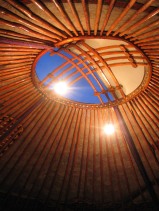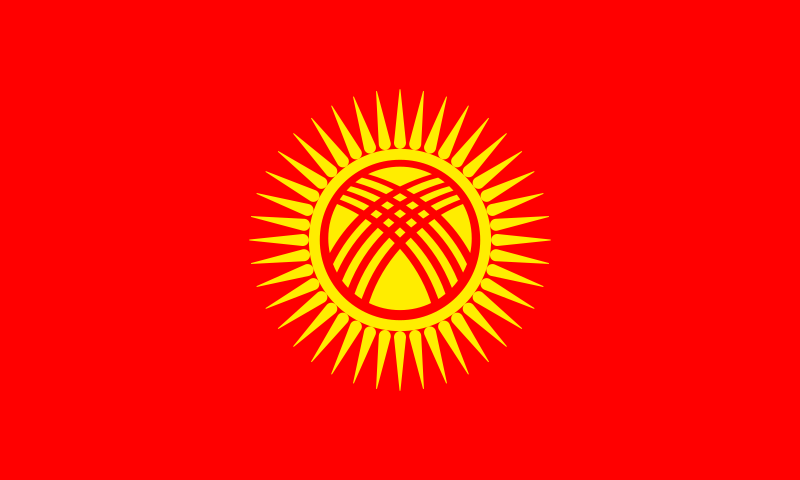Raqib Shaw is an Indian-born artist, currently living and working in London. His work is stunning and quite unique in its construction, incorporating enamel, car paint, jewels and stained glass liner. The detail is exquisite although the themes can be quite challenging. Many of his pieces feature sexually explicit imagery and give an impression of wanton debauchery - humans, animals, anthropormorphism and mythological beasts. It is reminiscent of a 21st century Bosch, compellingly drawing you to look ever closer.

Hieronymus Bosch (circa 1450–1516) The_Last_Judgement.jpg via Wikimedia Commons
Unlike Bosch's often dark and brooding paintings, Shaw's pieces are rendered in the richest tones with gilding, crystals and depth created by the use of enamels.
A typical painting consists of many stages. Shaw starts with small drawings on paper, featuring characters, flora and fauna. These are then transferred to acetate as individual elements. Shaw begins the composition of the painting by projecting these drawings onto the panel, starting from the centre and working outwards. Once the composition has been drawn out in pen, the panel is taken down from the wall and laid flat. Stained-glass liner is then applied, following the contours of the pen, to create tiny cofferdams. Using small plastic tubes with fine nozzles, paint is then poured into these dams and manipulated by a porcupine quill to suggest form. Glitter is added to specific parts providing extra ornamentation. Lastly, crystals are glued to highlight other areas.
- Raqib Shaw: Absence Of God. 2009. p. 107. ISBN 978-1-906072-27-8.
The treatment of the textile aspects of the pieces is beautiful and it is no surprise to find that Shaw grew up surrounded by antiques, jewellery, textiles and exotic fabrics. It proved very difficult to capture the rich intensity of Shaw's work on film - they really have to be seen first hand to be truly appreciated!
Points for consideration
It would be interesting to see how this subtly 3-dimensional aspect of Shaw's work could be used in a fabric context. Perhaps using a range of metallic fabric paints, fabric medium or even glass paints would yield similar results. It would be necessary to consider the absorption of any applied colour by the fabric, perhaps using a glazed fabric or applying a sealant prior to painting. Gimp threads and metallic foils could also be explored as well as diamante, crystals, sequins etc.









































